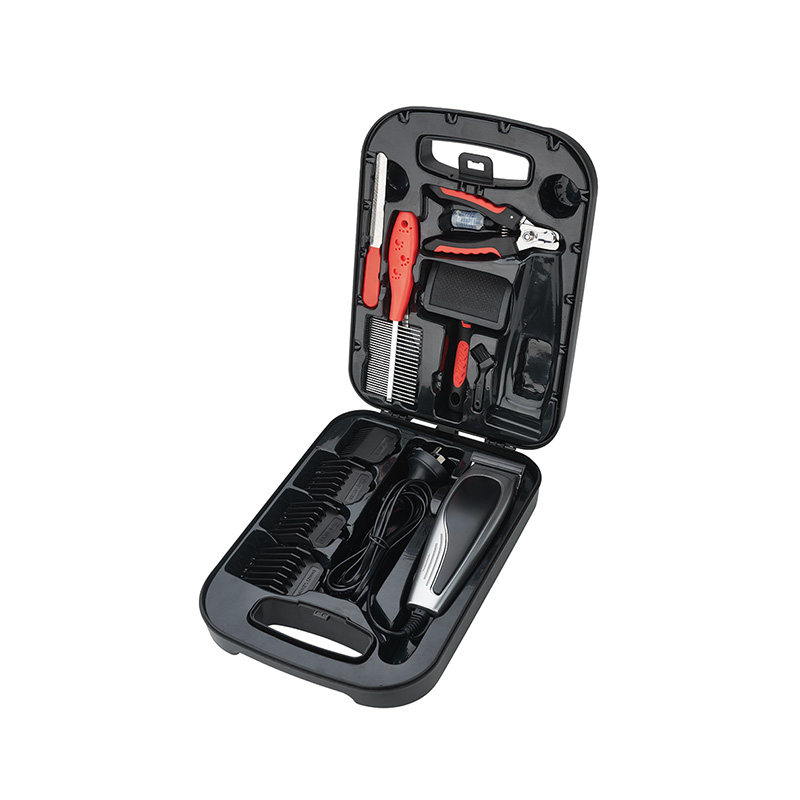 2025.06.13
2025.06.13
 Industry News
Industry News
Designed Usage Matters in Grooming Results
When considering whether a Pet Electric Clipper can be used on wet fur or only dry fur, it’s important to understand the design intentions behind the tool. Most standard pet clippers are engineered for use on dry fur, as dry hair is easier to manage, less resistant to cutting, and less likely to clog the blades. The structure and performance of the clipper are directly influenced by moisture exposure, which can either enhance or hinder grooming efficiency depending on the model.

Electrical Safety Considerations
One of the primary concerns with using a Pet Electric Clipper on wet fur is electrical safety. Unless the device is explicitly labeled as waterproof or water-resistant (often indicated with an IPX rating), using it on wet pets can pose a risk of short-circuiting or electric shock. Even battery-operated models can be compromised if moisture seeps into the motor housing or circuitry. Therefore, unless the manufacturer clearly states that the clipper is safe for wet use, it is generally advised to use it only on dry fur for safety reasons.
Effect on Blade Efficiency and Motor Performance
Wet fur tends to clump and stick together, which can place additional strain on the clipper’s motor and reduce blade movement efficiency. Blades may also dull faster if used repeatedly on damp coats. In contrast, dry fur is fluffier and separates more easily, allowing the clipper to glide smoothly and trim more evenly. Using the clipper on dry fur helps maintain its sharpness and extends the life of both the blades and the motor.
Specialized Clippers for Wet Grooming
Some high-end Pet Electric Clippers are specially designed to handle wet fur. These models usually feature waterproof casings, sealed motors, and corrosion-resistant blades. They are ideal for situations where pets are bathed before trimming, saving time by allowing immediate grooming while the fur is still damp. However, these products are typically labeled as “wet/dry” clippers and are priced higher due to their advanced construction.
Recommendations for Suitable Grooming Practices
To ensure the grooming results and preserve the life of your Pet Electric Clipper, professionals often recommend towel-drying or blow-drying the pet’s coat before clipping. Semi-dry fur decreases the risk of electrical hazards while avoiding the heaviness and resistance of fully wet hair. Additionally, brushing out tangles and mats before clipping ensures a smoother cut and reduces blade jamming.
Maintaining the Clipper After Use
Regardless of whether wet or dry fur is trimmed, cleaning the clipper after each use is crucial. Wet fur can accelerate rust formation and may cause hair and moisture to accumulate around the blade assembly. Owners should follow manufacturer's instructions for cleaning, drying, and oiling the blades to prevent premature wear and ensure long-term performance.
Conclusion: Most Pet Electric Clippers Are Designed Primarily for Dry Fur Grooming
While a few specialized Pet Electric Clippers are built for wet fur use, the majority of models on the market are optimized for dry coat grooming. Dry fur not only protects the electrical components of the clipper but also enhances cutting efficiency and helps prolong the tool’s lifespan. Pet owners are advised to check the product specifications carefully and, when in doubt, use the clipper only after the pet has been thoroughly dried. This approach balances safety, precision, and equipment longevity.